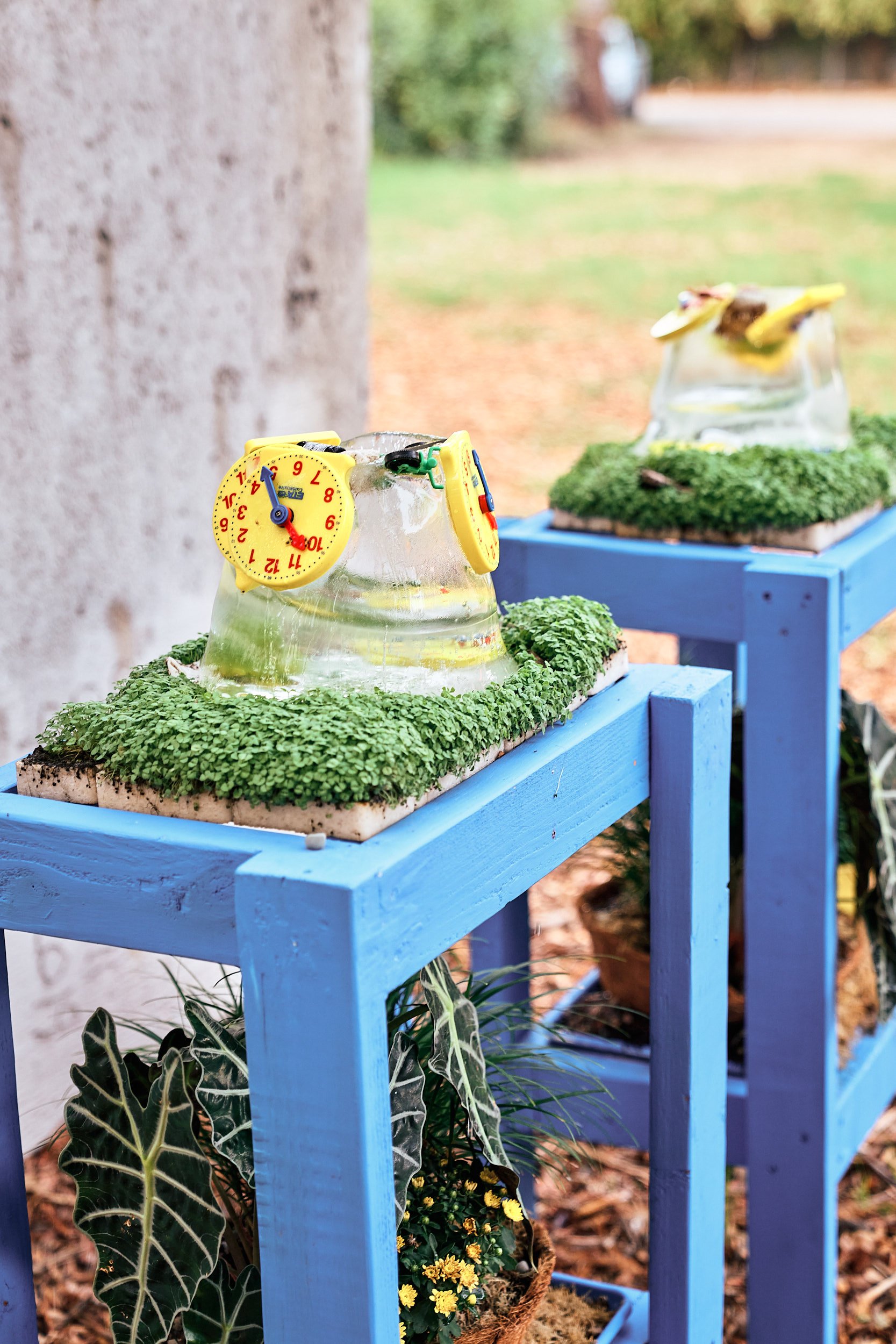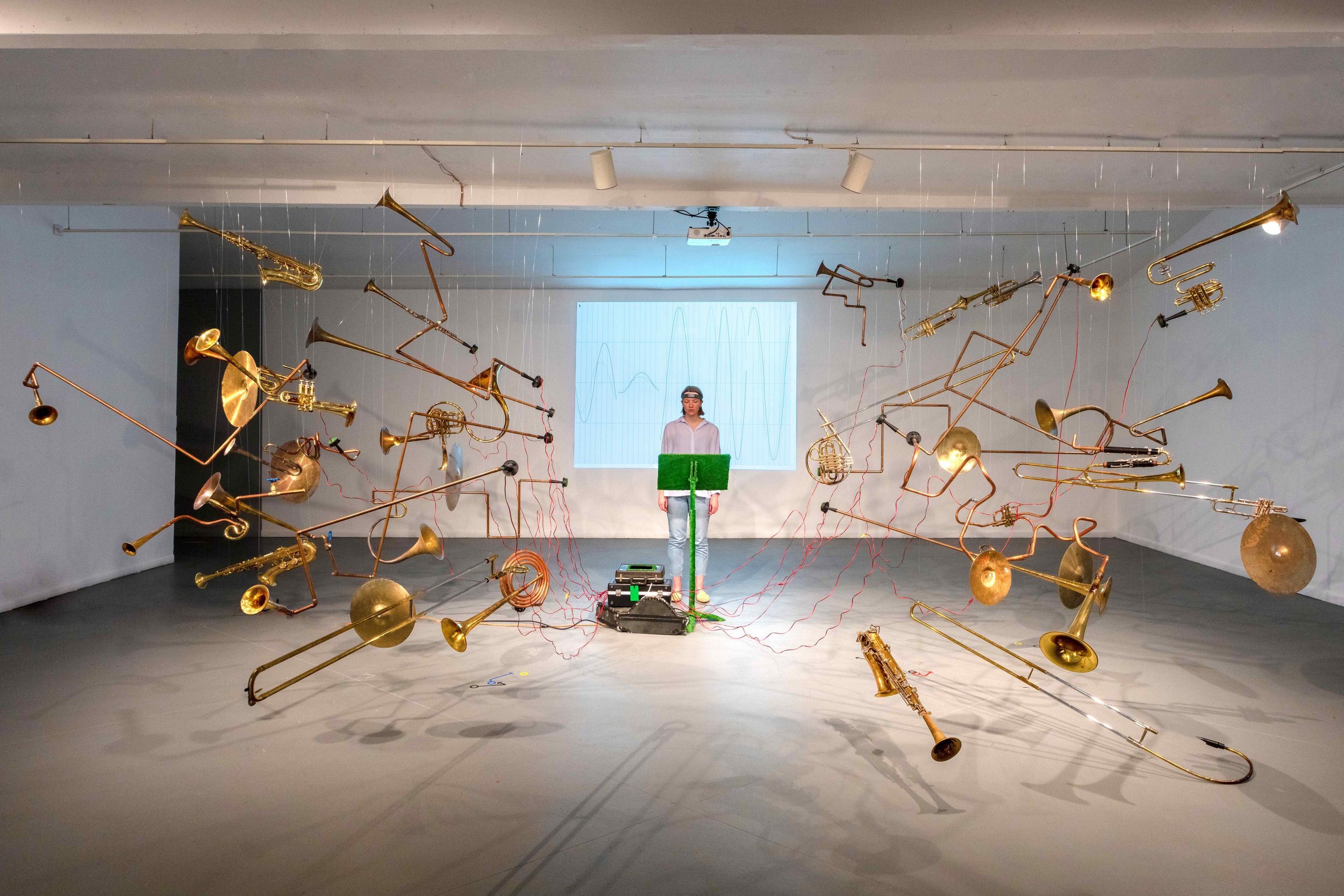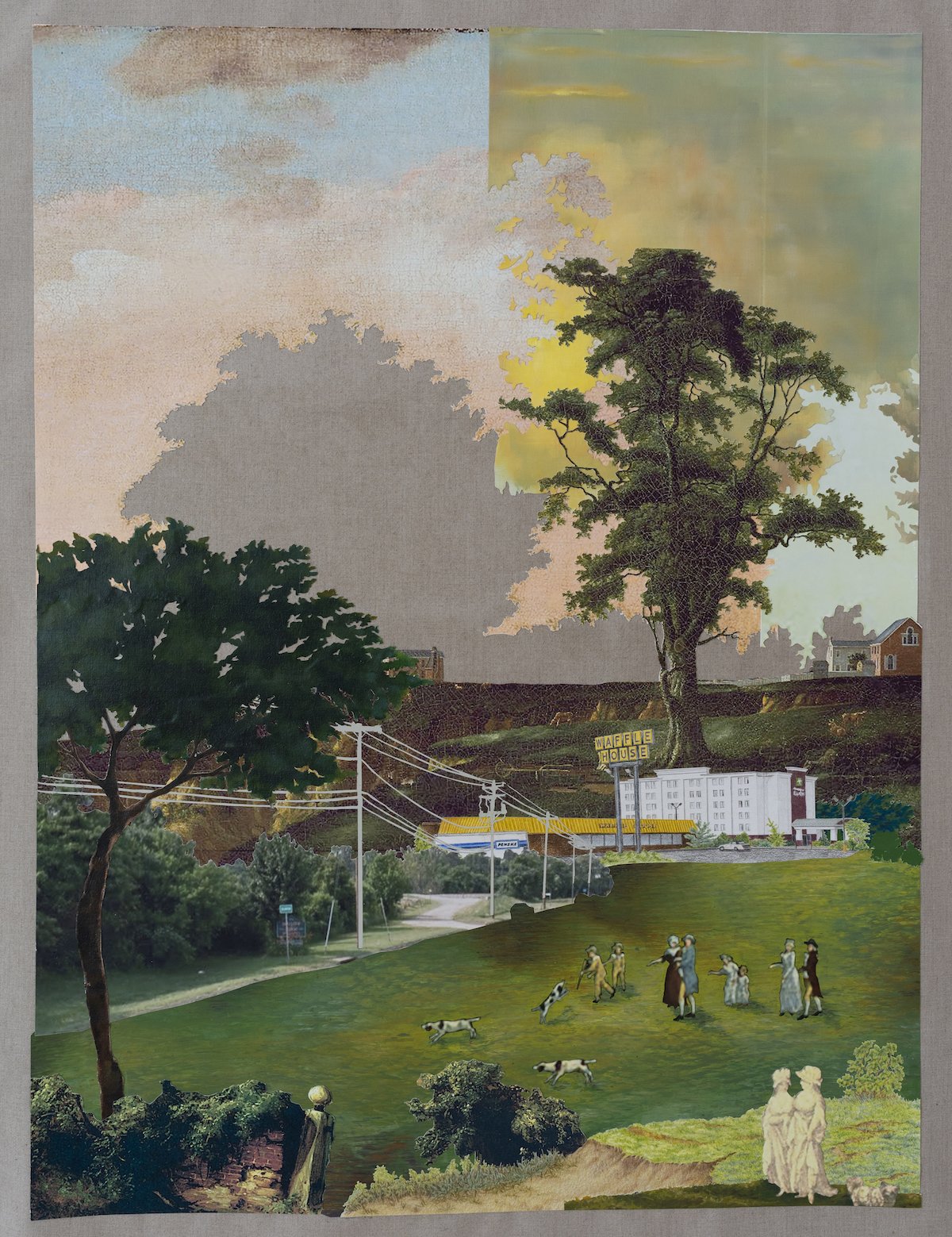
"Boy’s Ranch" : Ana Segovia
Boy’s Ranch
Ana Segovia
November 11th - December 16th, 2023
Opening Reception: Saturday, November 11th, 7-11pm (please RSVP)
On view Saturdays 12-6pm through December 16th
Also on view during the Austin Studio Tour, November 11th, 12th 18th, & 19th, 12-6pm
In Boy’s Ranch, Ana Segovia presents an installation composed of pieces in very different formats, dissecting his creative process and allowing us to penetrate—in a pedagogical sense—into the reflections that he seeks for himself, and the processes that he carries out for the purposes of creation. Painting has been the central part of Ana Segovia’s artistic practice, and through painting Ana has almost always reinterpreted preexisting archives. In a large part of his work, he has extracted audiovisual frames featuring male protagonists in order to generate another reading of what they represent.
Segovia has developed an exhibition format in which his paintings form parts of installations, incorporating other elements, and thus constituting narratives that help to clarify his discourse. This is how he has built a career that stands out not only for the technical aspects of his work but also for the depth of his tender, fun, sour, and nostalgic parody of masculinity. This arises from the process that Ana has lived through since his mother showed him films from the Golden Age of Mexican Cinema. At a young age he developed an admiration for the characters played by Mauricio Garcés, Jorge Negrete, and Pedro Infante—wishing, as he grew up, to be a charro—a Mexican cowboy—just like them.
This was one of the first revelations of his conflict with gender stereotypes, leading him to deepen his research into the devices through which what we now recognize as hegemonic masculinity is imposed.
Through his practice Ana began to address the most perverse aspects of those ways in which the film industry has participated in creating an artificial masculinity, one that maintains the context of machista violence that cruelly damages our humanity even to the present day. During a residency at Unlisted Projects in Austin, Texas — and after several years of addressing representations of the charro in the Golden Age of Mexican Cinema—Ana came across the Texas Archive of the Moving Image. At the archive was a compilation of audiovisual materials created in or about Texas, where he found a promotional film from 1953 of Carl Farley ́s Boys Ranch, a philanthropic institution created during the U.S.’s Great Depression, and meant to provide homes and education for orphaned children and adolescents.
Boys Ranch proposed a model of reintegration that consisted of training boys to be “cowboys,” an identity promoted in those years with the aim of unifying a political and nationalist identity in the U.S. At the same time in Mexico, the identity of the charro was being constructed as a national symbol in order to promote the idea of mestizo “Mexicanness.” Both archetypes arise from shared elements and both were spread through film, albeit responding to different nationalist interests. The “cowboy,” however, was formed out of the hegemonic values that the U.S. sought to promote: a land of white, strong, brave, free, and honorable men.
In this promotional film it is boasted that these young orphans will become good citizens who will maintain the roughness they have known throughout their lives, with the goal of showing the kindness of the philanthropist toward orphaned children, positioning themselves as well-recognized social benefactor. Nevertheless, 67 years later, Ana recognizes the way in which innocence was removed from these minors, converting them into the archetype of ideal masculinity. Considering that the hegemony of racist and misogynist ideas are both problematic and still very present, we can see how these archetypes still exist at the center of our most pertinent political discussions. Using this promotional film as raw material, Ana develops a series of pieces that allow us to see this archive from another point of view: for example, when editing parts of the film’s audio he creates 7 haibun pose, a Japanese literary form that uses prose texts to describe some space or natural situation in detail. Ana considers this editing game a synthetic act of resistance, taking place within Carl Farley’s Boys Ranch’s duration of 13 minutes and 14 seconds.
Segovia also dissects the scene from the film in which one of the inhabitants of the Boys Ranch is thrown into water by his peers. Ana intervenes in the 230 frames that compose it, coloring in the swim trunk of the boys with watercolor.
With this, he seeks to emphasize the everyday violence that this education encourages: this action presented in the film as a healthy game for these young people’s development, nevertheless exposing an action characteristic of machista violence, one that annuls the consent of another person with the aim of showing strength.
-Andrés Treviño
(translated by Byron Davies)
Segovia earned his BFA from the School of the Art Institute of Chicago (SAIC). He has had individual exhibitions in the United States and Mexico, and his works are part of institutions including The Pérez Art Museum Miami (PAMM) and Alumnos 47 in Mexico City. Ana Segovia currently lives and works in Mexico City.
Thank you to Rocio Fernandez de Angulo for all your magic and for keeping us together. Thank you Andrés Treviño for your beautiful text, and to Sarah Kahloun for your work on getting us books, and to everyone who participated in our book club. Thank you to Zac Traeger and Unlisted Projects for the foundation through which this project could come to life, and to PAOS Guadalajara for showing it first. Special thanks to Stacey Hill and Susan Oliver Heard, and to HEB for your generosity that made this project a reality. Most importantly, thank you to Ana Segovia for every single time you said “yes” unwaveringly.
This project is supported in part by the Cultural Arts Division of the City of Austin Economic Development Department, Texas Commission on the Arts, the National Endowment for the Arts, and H-E-B.






























